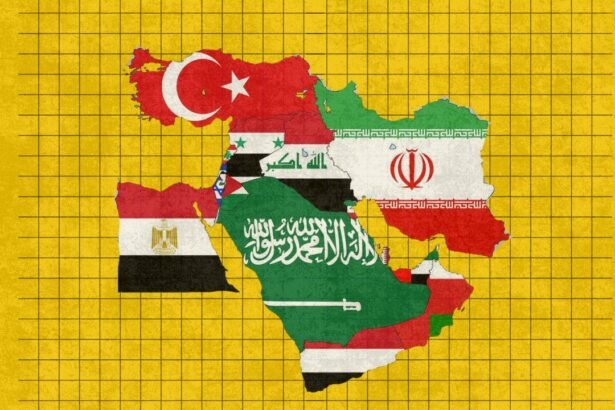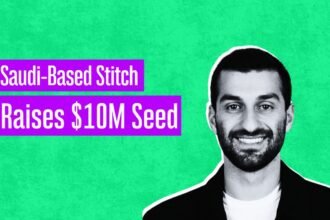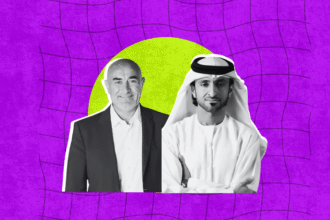The digital financial landscape in the Middle East and North Africa (MENA) and Pakistan is undergoing a quiet but meaningful transformation. With rising internet and mobile phone penetration, governments and the private sector alike are embracing digital tools to close financial inclusion gaps. Still, significant barriers, especially for women and low-income populations, persist.
This article dives deep into the state of digital financial inclusion in the MENA region and Pakistan, using hard data from the World Bank’s 2024 “Findex” report.
A Slow Start – Financial Inclusion in MENA and Pakistan
As of 2021, financial inclusion in the MENA region was among the lowest globally. Only 48% of adults in MENA had a financial account. Pakistan lagged slightly behind at 44%, according to the report .
For context, global average account ownership was 76%, and 71% in South Asia.
What’s more telling is the gender gap. In MENA, the gender gap in account ownership was 16 percentage points, one of the widest in the world. In Pakistan, the gap was even worse: 29 percentage points. Women remain far less likely to have access to bank accounts or digital payment tools.
The Mobile Phone Boom, And Its Limitations
Mobile phone ownership has soared across the region:
- MENA average: 87% of adults owned a mobile phone in 2021.
- Pakistan: 83% owned a mobile phone.
However, smartphone ownership remains a key limitation, especially for the poor and women. In MENA, only 61% of women owned a smartphone, compared to 74% of men. In Pakistan, the divide was steeper: 37% of women vs 61% of men.
Smartphones are crucial because they enable digital financial services through apps and mobile wallets. Without smartphones, mobile financial inclusion becomes far less effective.
Internet Access – The Digital Divide
Internet access is another major determinant. Here’s how it compares:
- MENA: 66% of adults had internet access.
- Pakistan: Only 44% had internet access.
This digital divide limits the potential of digital banking, mobile payments, and fintech solutions, especially in rural and low-income areas.
Among women, the disparity is deeper. In Pakistan, only 25% of women had internet access, compared to 64% of men.
Digital Payments – Usage is Rising, but Slowly
Despite rising digital infrastructure, actual usage of digital payments remains relatively low:
- MENA: 32% of adults made or received a digital payment in the past year.
- Pakistan: Just 19%.
Contrast this with the global average of 64%, and you see how far the region has to go.
Interestingly, certain segments are driving the change:
- ✅ In Jordan, 43% of adults received digital government payments.
- ✅ In Egypt, digital wage payments reached 23% of adults.
- ✅ In Morocco, 23% of the adult population received domestic remittances digitally.
These statistics suggest that when governments digitize key services like salaries and pensions, digital adoption can rise significantly.
Mobile Money – An Untapped Opportunity
Sub-Saharan Africa leads the world in mobile money usage, but MENA and Pakistan are starting to catch up:
- Pakistan: 7% of adults had a mobile money account.
- MENA (excluding high-income countries): 4% had a mobile money account.
But there’s a bright spot: 13% of adults in MENA without a traditional bank account reported using a mobile money account. This suggests that mobile wallets are acting as a bridge for the unbanked.
Pakistan shows even more promise. Among those who received domestic remittances digitally, 62% did so via a mobile money account, a sign that mobile wallets are becoming essential for money transfers.
Government Payments – A Gateway to Inclusion
Government-to-person (G2P) payments are proving to be powerful catalysts for financial inclusion. In countries where public benefits, wages, and pensions are paid digitally, financial access has jumped.
For example:
- ✔️ In Jordan, digital government payments reached 43% of adults.
- ✔️ In Morocco, 20% of women received digital government payments.
These programs not only bring people into the formal financial sector but also help build trust in digital finance systems.
Financial Resilience and Savings
Despite limited account ownership, many people in the region are saving money, just not in formal institutions:
- Only 19% of adults in Pakistan saved money formally.
- Informal savings, like saving cash at home, are much more common.
This shows a cultural preference or necessity to operate outside the formal system, but also a ripe opportunity for microfinance and fintech apps.
The Gender Divide -A Critical Barrier
The gender gap in financial access is one of the region’s most pressing issues. Here’s how it plays out:
- 🔴 In MENA, only 38% of women had a financial account vs 54% of men.
- 🔴 In Pakistan, the gap is even wider: 29 percentage points.
Women also face lower smartphone and internet access, fewer IDs, and reduced financial literacy. These factors form a complex barrier to entry.
To fix this, financial solutions must address:
- Trust and security concerns.
- Cultural limitations on women’s phone and ID ownership.
- Literacy and usability of financial products.
Low-Income Households -The Forgotten Segment
In Pakistan, income gaps are equally problematic. Only 18% of adults in the lowest income quintile had a bank account, versus 65% in the highest quintile. Similar trends exist in MENA.
Digital solutions must be affordable, accessible, and available in local languages to truly empower low-income populations.
Trust in Financial Systems -A Work in Progress
One reason many adults remain unbanked is a lack of trust in financial institutions. In MENA and Pakistan, a large percentage of adults reported that they did not trust banks or preferred cash transactions.
Building digital ecosystems that are transparent, secure, and easy to use will be key to winning public trust.
What Needs to Happen Next?
To build on current momentum, MENA and Pakistan must take bold steps:
- ✅ Promote mobile money: Support fintechs offering mobile wallets tailored to low-income users.
- ✅ Digitize government payments: Expand digital wage, pension, and welfare programs.
- ✅ Improve digital access: Expand 4G coverage and make smartphones affordable.
- ✅ Empower women: Offer financial literacy programs, ID services, and women-friendly apps.
- ✅ Strengthen regulation: Build trust through clear rules and consumer protections.
Final Thoughts
The MENA region and Pakistan are at a pivotal point. While account ownership, digital payments, and mobile money use remain low by global standards, the building blocks for a digital financial revolution are in place.
The future will depend not only on technology but also on inclusive policies, education, and human-centered design. With thoughtful investment and inclusive innovation, millions can gain access to the financial tools they need to thrive.




